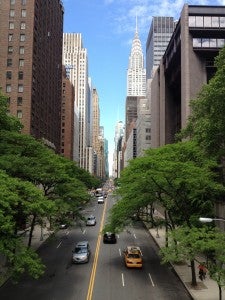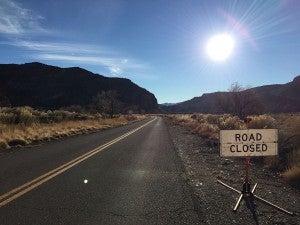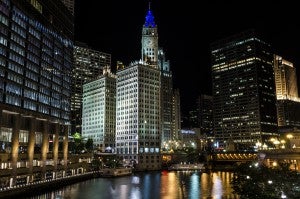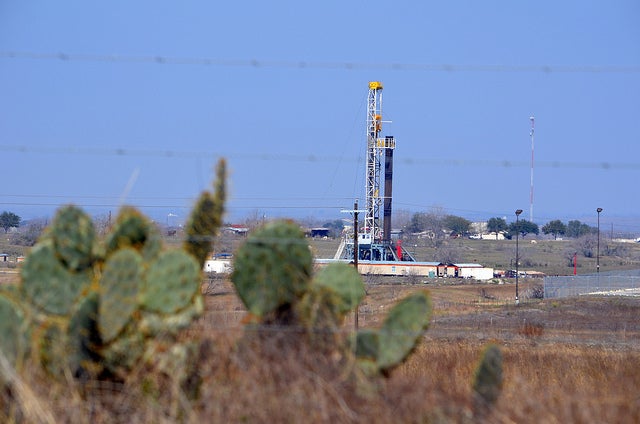 It has been about six years since an Environmental Defense Fund (EDF) staffer first looked out the window in our New York City office, saw black smoke coming from a building’s chimney, and wondered what it was. This concern led to EDF’s Bottom of the Barrel report, which determined the smoke was caused by No. 6 heating oil. A highly polluting fuel source, No. 6 heating oil is hugely harmful to public health and the environment – not to mention, bad for building efficiency. This led to a citywide regulation to phase out No. 6 and No. 4 heating oils, and to create a program called NYC Clean Heat to help buildings switch to cleaner fuels.
It has been about six years since an Environmental Defense Fund (EDF) staffer first looked out the window in our New York City office, saw black smoke coming from a building’s chimney, and wondered what it was. This concern led to EDF’s Bottom of the Barrel report, which determined the smoke was caused by No. 6 heating oil. A highly polluting fuel source, No. 6 heating oil is hugely harmful to public health and the environment – not to mention, bad for building efficiency. This led to a citywide regulation to phase out No. 6 and No. 4 heating oils, and to create a program called NYC Clean Heat to help buildings switch to cleaner fuels.
And now, New York City is free of No. 6 oil.
Last week, Mayor Bill de Blasio and the Department of Environmental Protection (DEP) announced that all 5,300 buildings that were registered as burning No. 6 heating oil in 2011 have converted to a cleaner fuel. This historic moment for New York City means cleaner air (soot pollution has decreased more than 50 percent) and a healthier city: 210 premature deaths and 540 hospitalizations will now be avoided yearly. It’s not often you see an environmental issue that is so quantifiable, or one where you can say it’s been completely achieved. Read More










 By:
By:  If you want a good example how bad government can kill good jobs and clean energy innovation, take a look at what’s happening in Nevada, where a decision by Governor Brian Sandoval’s appointees, pushed by NV Energy Inc., essentially killed the thriving local solar energy industry.
If you want a good example how bad government can kill good jobs and clean energy innovation, take a look at what’s happening in Nevada, where a decision by Governor Brian Sandoval’s appointees, pushed by NV Energy Inc., essentially killed the thriving local solar energy industry. I’ve always been proud to be from Illinois. As a Midwestern girl who went out East for college, I spoke often about the wonders of my hometown of Chicago: from our miles of gorgeous public lakefront, to our proud history as the home of the first skyscraper. We have a scrappy side, too. As a city that rebuilt itself from scratch after the Great Chicago Fire of 1871, we’ve always worn the title, ‘Second City’ as a badge of honor (and a chip on our shoulder, when it’s used as anything but a compliment).
I’ve always been proud to be from Illinois. As a Midwestern girl who went out East for college, I spoke often about the wonders of my hometown of Chicago: from our miles of gorgeous public lakefront, to our proud history as the home of the first skyscraper. We have a scrappy side, too. As a city that rebuilt itself from scratch after the Great Chicago Fire of 1871, we’ve always worn the title, ‘Second City’ as a badge of honor (and a chip on our shoulder, when it’s used as anything but a compliment). The west is rightly known for mountain views and desert vistas. Many of these landscapes are managed by the U.S. Department of Interior’s Bureau of Land Management (BLM) on behalf of all Americans. But something else is a major part of the region as well – tens of thousands of oil and gas wells and their associated infrastructure.
The west is rightly known for mountain views and desert vistas. Many of these landscapes are managed by the U.S. Department of Interior’s Bureau of Land Management (BLM) on behalf of all Americans. But something else is a major part of the region as well – tens of thousands of oil and gas wells and their associated infrastructure. California’s “big three” utilities, at the behest of state regulators, are in the process of examining and improving how they price electricity, including something called
California’s “big three” utilities, at the behest of state regulators, are in the process of examining and improving how they price electricity, including something called